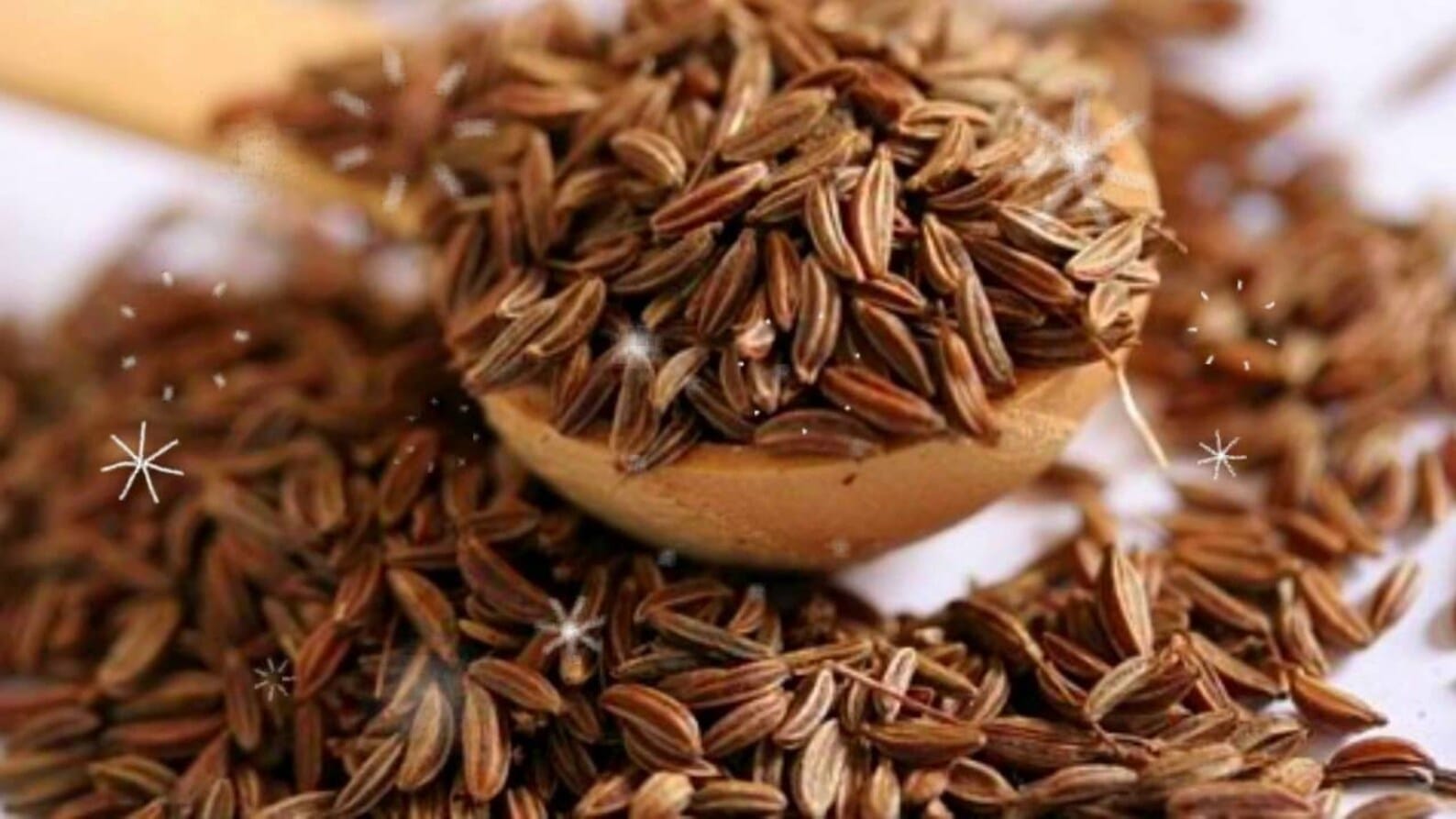Unlocking the Flavor and Wellness Potential of Carvi Seeds
Carvi seeds, with their distinct aroma and taste, have a rich history in both culinary and traditional medicine. This article delves into the fascinating world of carvi seeds, exploring their flavor profile, potential health benefits, historical significance, and practical uses.
A Taste of Tradition: Carvi’s Unique Flavor Profile
Carvi seeds possess a warm, nutty flavor that adds depth and complexity to a variety of dishes. The subtle hint of anise, reminiscent of licorice, further enhances their unique taste.
From the hearty goodness of rye bread to the tangy flavor of sauerkraut, carvi seeds have long been a staple in traditional European cuisines. Their culinary versatility extends beyond baking, adding depth to cheeses, liqueurs like Akvavit, and savory dishes such as meats, soups, and stews. Whether used in spice blends, marinades, or as a finishing touch, carvi seeds elevate the flavor profile of any dish.
Digestive Harmony: Carvi Seeds and Gut Health
For centuries, carvi seeds have been recognized for their potential digestive benefits. Traditional medicine has long valued their ability to alleviate digestive discomfort. Modern science is beginning to unravel the mechanisms behind these benefits.
Compounds found in carvi seeds are believed to help reduce gas and bloating, potentially by relaxing the muscles in the digestive tract. Some experts believe that carvi seeds may also promote a healthy gut microbiome by inhibiting the growth of harmful bacteria and fungi.
Beyond the Gut: Exploring Caraway’s Potential
While more research is needed, preliminary studies suggest that carvi seeds may offer a range of health benefits beyond digestion:
- Anti-Inflammatory Action: Some compounds in carvi seeds exhibit potential anti-inflammatory properties, which could have implications for overall health and well-being.
- Blood Sugar Management: Emerging research suggests that carvi seeds may play a role in regulating blood sugar levels, though more studies are needed to confirm these findings.
It’s important to note that while these preliminary findings are promising, carvi seeds should not be considered a replacement for conventional medical treatment.
A Journey Through Time: Carvi’s Historical Significance
Originating in Western Asia and parts of Europe, carvi seeds have a long and storied past. Their use in both cooking and medicine dates back centuries, highlighting their versatility and enduring appeal.
Cultivated for its aromatic seeds, the carvi plant (Carum carvi) is a biennial that thrives in well-drained soil and enjoys plenty of sunlight. Home gardeners can even grow carvi in pots on sunny balconies.
Unleashing the Potential of Caraway Seeds: Your Roadmap to a Superior SEO Article
Looking to create an SEO article about the benefits of caraway seeds that surpasses the competition? Here’s how:
Recommended Titles:
- Caraway Seeds: Tiny Seeds, Mighty Health Benefits (Focuses on benefits and intrigue)
- Unlocking the Power of Caraway: From Kitchen Spice to Natural Remedy (Broader scope, hinting at versatility)
- Caraway Seeds: Nutritional Powerhouse or Overhyped Spice? (Slightly controversial, invites clicks to find out)
Powerful Key Lines:
- Beyond the Rye Bread: Caraway seeds are nutritional powerhouses packed with antioxidants, fiber, and essential minerals. (Intriguing, highlights lesser-known benefits)
- Nature’s Digestive Aid: Caraway seeds have been used for centuries to soothe digestive discomfort and promote gut health. (Focuses on historical use and a specific benefit)
- Could Caraway Seeds Be the Secret to Better Blood Sugar Control? Emerging research suggests exciting possibilities. (Introduces a potential benefit and sparks curiosity)
- From Flavoring Food to Fighting Inflammation: Explore the versatile benefits of caraway seeds for your health. (Broad overview enticing readers to learn more)
Can I Grow Caraway in the UK? – Yes, You Absolutely Can!
Good news for UK gardeners: Caraway (Carum carvi) is a hardy biennial herb that thrives in the UK’s climate.
Here’s how to grow your own caraway:
- Pick the Perfect Spot: Choose a sunny location with well-drained soil.
- Autumn or Indoor Start: Sow seeds directly into the ground during autumn or start them indoors about 6 weeks before the last frost.
- Happy Caraway, Happy Gardener: Provide regular watering, occasional fertilizer, and keep weeds at bay.
- Harvest Time: Collect the seeds in the second year when the flower heads turn brown and dry.
For more information on growing caraway, browse our selection of bridal spirea plants for your garden.
Is Carvi the Same as Cumin? Unmasking the Confusion
Carvi and cumin are often mistaken for each other due to their similar appearance and shared family lineage within the parsley family. However, their distinct flavor profiles and culinary applications set them apart.
Caraway:
- Flavor: Warm, slightly sweet, with hints of anise and licorice.
- Aroma: Aromatic, reminiscent of rye bread.
- Culinary Uses: Rye bread, sauerkraut, cheeses, German and Eastern European cuisines.
Cumin:
- Flavor: Earthy, warm, slightly bitter, with a hint of citrus.
- Aroma: Pungent, earthy, warm.
- Culinary Uses: Chili powder, curries, Mexican and Indian cuisines.
While visually similar, using one in place of the other can significantly alter the flavor profile of a dish. Understanding their differences is key to culinary success.
For your pastry treats, browse our exquisite selection of freshly baked baguettes, perfect for any occasion.
- SYBAU See You Baby Meaning: Gen Z Slang Evolves - July 1, 2025
- Unlock Your Inner Youth: Lifestyle Secrets for a Vibrant Life - July 1, 2025
- Decode SYBAU Meaning: Gen Z Slang Explained - July 1, 2025






